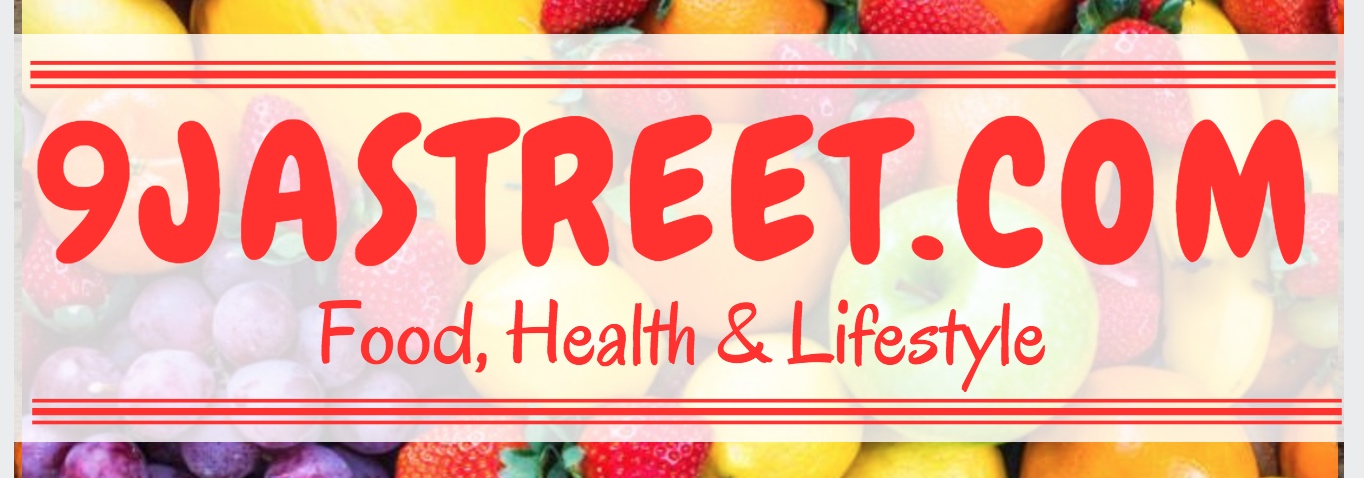Fruit Salad
Compared to a single apple you eat in one sitting, fruit salads can be handled by multiple people (whoever cuts it up and serves it) then eaten in multiple sittings, so the food is exposed to more pathogens and sits around for longer — all the more opportunity for bacteria to fester. Fruit salads also contain produce from multiple farms or orchards, which increases the likelihood of contamination somewhere along the way.
Ice cream
I scream, you scream. We all scream from ice cream? Ice cream has been linked to 75 outbreaks caused by bacteria like Salmonella and Staphylococcus since 1990, according to the CSPI.
The largest outbreak occurred in 1994, when a batch of pasteurized ice cream premix was transported in a Salmonella-contaminated truck, and then used to make ice cream without re-pasteurizing.
“People are making ice cream at home and using raw eggs in the household,” explains Hedberg.
Leftover Rice
Your leftover rice could be harboring the toxin-producing Bacillus cereus, a type of bacteria that is picked up in rice fields that can survive even after cooking. Eating a few spores probably won’t trigger any symptoms, but the spores multiply as rice cools, and eating a lot of them can give you diarrhea within 15 hours of your last bite, or nausea and vomiting as soon as 30 minutes after eating, according to FoodSafety.gov. Try to eat your rice freshly cooked, and don’t hang onto your leftovers (that you store in the fridge, of course) for much longer than a day.
Tomatoes
Although tomatoes were found “not guilty” in a 2008 outbreak that sickened thousands (the culprits were jalapeno and Serrano peppers), this summer favorite has been linked to at least 31 outbreaks.
“Lettuce or tomatoes may be contaminated, but once they enter a household, you can make sure that you don’t allow the bacteria to grow and multiply,” says Hedberg.
To do this: wash hands for 20 seconds with warm water and soap before and after preparing fresh produce; wash fruits and vegetables under running water just before eating, cutting, or cooking, even if you plan to peel it before eating; and keep fruits and vegetables that will be eaten raw separate from other foods.
Foods in Swollen Containers
Punctured cans or swollen containers are two signs that the bacteria Clostridium botulinum, which leads to botulism, lies within, according to warnings issued by the USDA.

